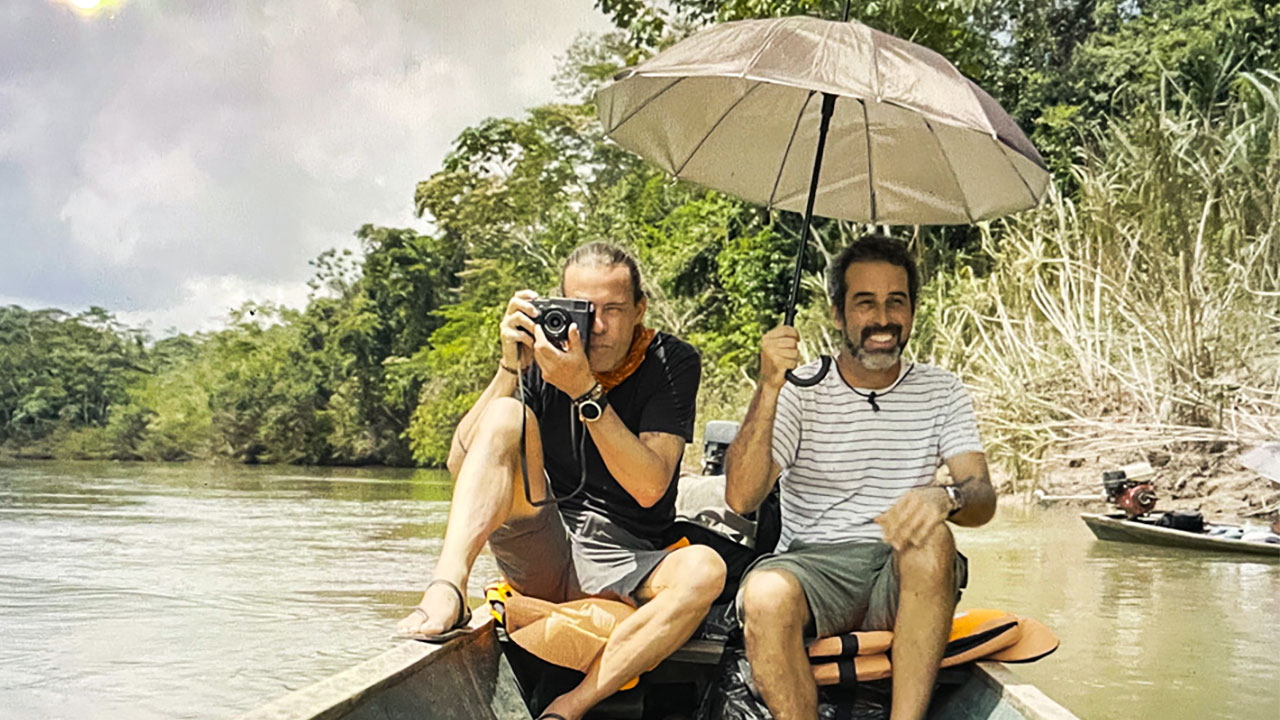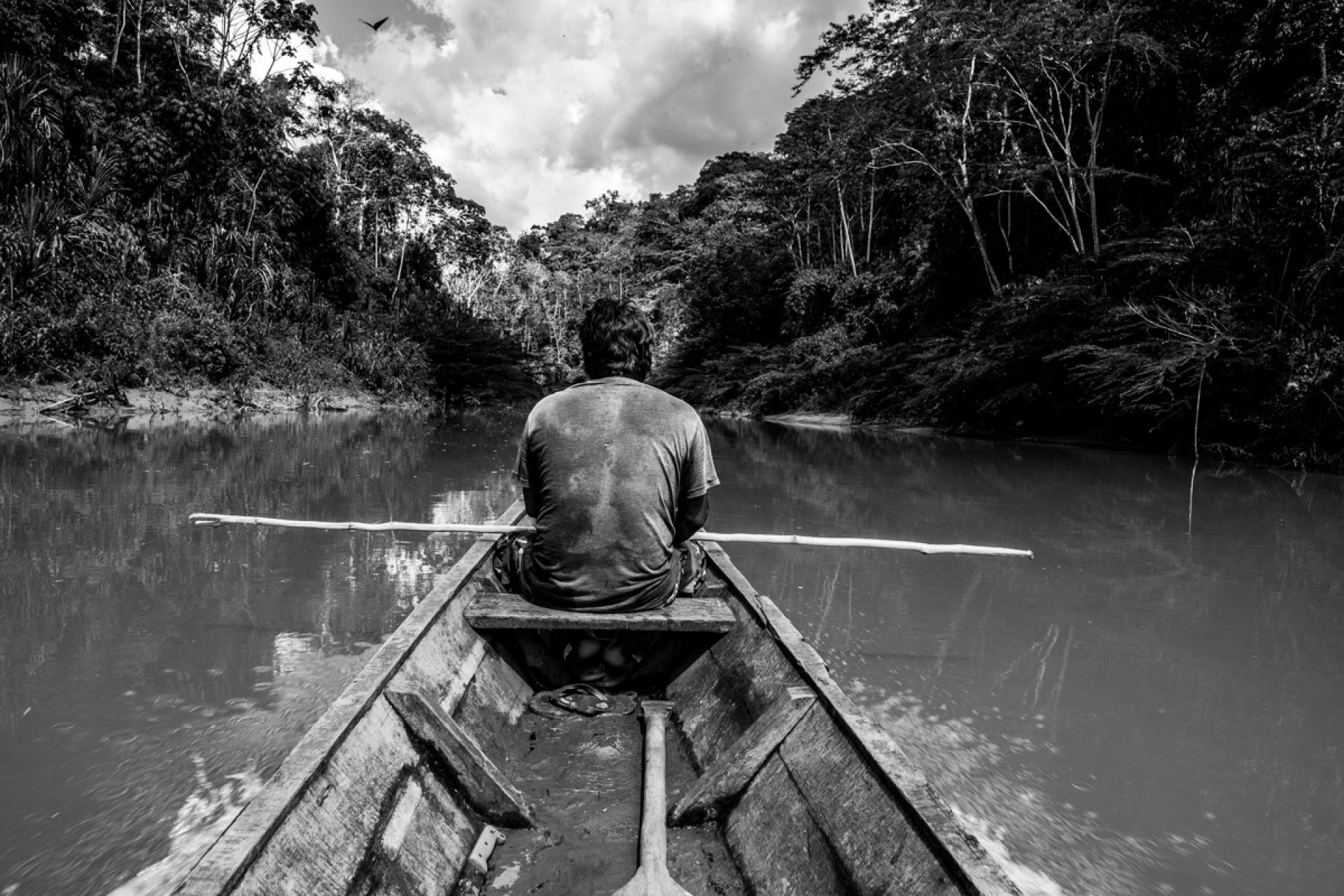Interview with Jason Houston from the United States

Interview with Jessica Kewei Lin for PulseHeal
August 27, 2024
Rana Barakat and the Timeless Allure of Gothic Style
August 27, 2024Jason Houston
Jason Houston is an independent photographer specializing in photojournalism and personal non-fiction projects. He began traveling internationally early in his career and has since worked in over 35 countries. Entirely self-taught in photography, documentary work, and journalism, Jason has built a diverse and accomplished portfolio.
My name is Jason Houston, and I’m an independent photographer working as a photojournalist and on personal non-fiction projects. I started traveling internationally early in my career and have since worked extensively in over 35 different countries.
In recent years, I’ve worked abroad on assignments for up to 200 days annually, and I’ve been photographing for as long as I can remember. I started selling and publishing photographs in early high school and completed my first magazine assignments while still in university.
I’m currently using a Fuji XPro-3 body and a bag full of various Fuji and other prime lenses, along with some advanced compacts like the Fuji X100 series and the Sony RX100 series. While I love how these cameras operate (the more manual, analogue process helps make each frame more deliberate), and Fuji’s files have always looked beautiful to me, I want gear to play the least important role in my process.
Personally and creatively, I want technique and technology to be innate—anything else is a distraction. Since most of my photography is focused on people, the relationships I develop with them in the moment are the most important thing. Lower-profile, more understated gear is easier to keep out of the way.
All of my work is driven by a broader consideration of how I show up in the world. As a concerned photographer who has spent much of my career as an international photojournalist—and as a white, cis-gender, American male, descended from settler colonizers, living on stolen land, and working out of the Northern Hemisphere for an often arrogant Western culture—I have built my entire career traveling to remote (for me) and exotic (for me) places, working in some of the world’s most marginalized (by Western standards) and underrepresented (in Western media) communities.
I recognize my position and privilege within unjust systems designed to benefit people like me. I am committed to working in ways and creating photography that help dismantle these systems. I strive for appropriate authorship in the stories I pursue. I seek to understand how my own story intersects with the larger narrative and to be transparent about my position, perspective, and process. I do not pursue projects where my story does not, in some way, intersect with the story I am telling.
I understand that truthful representation is not the same as factual objectivity, and that honesty and my intentions to uncover truth are limited by my biases and assumptions, by what I can witness and understand, and by the fact that my perspective is inherently incomplete.
My inherited circumstances amplify my power to do good or harm through photography. I will use my ancestral privilege to create space for collaborative work with those I film and photograph, promoting diversity and supporting their agency and sovereignty in their stories.
The complexity and diversity of human experience is the natural order. Racism, white supremacy and fragility, misogyny, xenophobia, Western chauvinism, religious zealotry, and other forms of dangerous superiority threaten this natural order through repression, exclusion, systemic ignorance, and overt hatred. As a photographer, I have the opportunity and obligation to witness beauty, wonder, and goodness, as well as inequity, injustice, and evil. My goal as an artist working in non-fiction photography is to consciously vitalize the world I want to live in while honoring the truths of those who trust me to help tell their stories.
All of my work now is also informed by and done in partnership with my life+creative partner, filmmaker Dewi Sungai. Mixing media and having a full-time collaborator is also helping to take my work to the next level.
It’s always nice to receive recognition and validation of our work. Especially in a career like mine where so much of our work is done alone and then distributed to an anonymous audience. But for me, it’s more about knowing that important stories are getting traction.
Almost a decade ago, I fell in love with the Amazon. Since then, all of my work has been dedicated to finding ways to share that love, so the places I cherish have a fighting chance at survival.
Last Wildest Place is a long-term, ongoing project rooted in a simple fact: The Amazon matters. Working regularly with several small NGOs, most often with the Upper Amazon Conservancy, I have been photographing this globally critical landscape in the face of the many constantly evolving threats to its unique social, cultural, and environmental fabric.
At over a billion acres, the Amazon Basin is larger than the next two largest tropical forests combined. It alone accounts for half of the planet’s remaining rainforest, 30% of all terrestrial species, 20% of all freshwater, and 20% of global oxygen. It provides climate stability for the entire planet, and the carbon stored in its forests—and released by its deforestation—affects us all.
Within the Amazon, the Purús/Manu region in southeastern Peru is one of the most remote and inaccessible areas, where still-intact and uniquely biodiverse ecosystems provide sustenance for settled indigenous communities and are home to perhaps the highest concentration of isolated “uncontacted” tribes on Earth.
While still largely undeveloped, this last wildest place is increasingly threatened by extractive activities, including logging, gold mining (Peru is the largest gold producer in South America and 6th or 7th in the world), narco activities, oil and gas development, cattle grazing, agricultural expansion, Christian missionaries, and the legal and illegal road construction projects that open access to previously inaccessible forests, with devastating—often irrevocable—impacts on the ecosystems and all who depend on them.
I first visited the Purús/Manu region in 2015 and have returned over a dozen times, spending about a year in total in the jungle. The pandemic, which limited legitimate expeditions as well as enforcement patrols, has left the region especially vulnerable to increased illegal activity.
Out of respect for the communities, many of which are remote and have limited healthcare, we halted visits during the pandemic and continue to be cautious. But now, as the region slowly reopens, raising awareness is more critical than ever. Recent trips have included visits to several areas in the remote western headwaters, documenting the fight for indigenous land rights in the face of agricultural expansion and narco-led land grabs.
Winning Entry
Jason Houston
Jason Houston is an independent photographer specializing in photojournalism and personal non-fiction projects. He began traveling internationally early in his career and has since worked in over 35 countries. Entirely self-taught in photography, documentary work, and journalism, Jason has built a diverse and accomplished portfolio.
Read more about this interview with Erik Tomasak from Slovakia, the Silver Winner of the 2024 MUSE Photography Awards.


